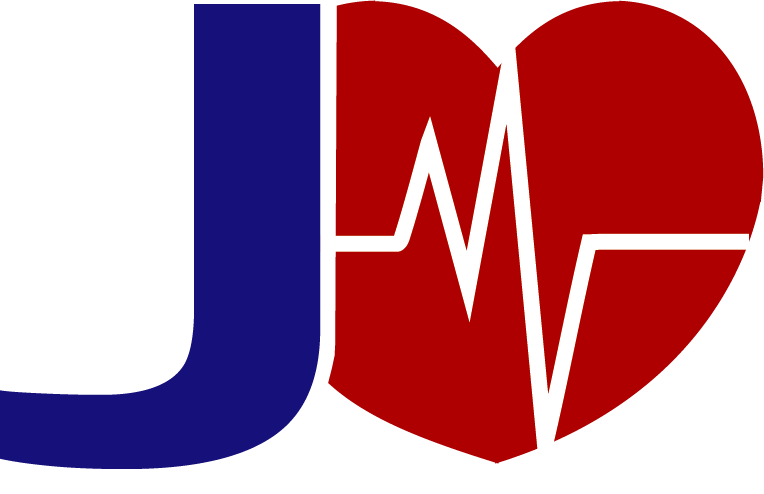Coronary Artery Bypass Surgery
Last updated: 23 Jun 2025 | 1432 Views |


![]()
Coronary Artery Bypass Surgery
Heart Bypass Surgery: An Important Choice for Life That the Heart Should Not Ignore
1. What are coronary arteries and why do they become narrowed?
The heart is responsible for pumping blood to the body, but the heart itself also needs blood. Blood is supplied through the “coronary arteries”, which have 3 main arteries. When fat, cholesterol, or plaque accumulates on the inner walls of the blood vessels, it causes the blood vessels to narrow or become blocked, resulting in insufficient blood supply to the heart muscle, causing symptoms of chest pain (angina) or, if severe, heart attack (heart attack).
2. What is bypass surgery?
Coronary artery bypass surgery (CABG) is the creation of a “bypass” for blood to flow through the blocked area by taking blood vessels from another part of the body and stitching them together with the coronary arteries. The purpose:
•Increase the amount of blood flowing to the heart muscle
•Relieve chest pain
•Reduce the risk of heart attack in the future
•Help patients live longer and have a better quality of life
3. Which parts of the body are the blood vessels used?
The doctor will select a good quality blood vessel that is suitable for the location of the coronary artery that is blocked, such as:
•Internal Mammary Artery (IMA) is very durable, can last for more than 10–20 years and has a low chance of blockage.
•Saphenous Vein Graft (SVG) is easy to use but may deteriorate faster than IMA.
•Radial Artery is very durable, especially suitable for young patients.
4. What is the difference between surgery with a stopped or still heart?
1.On-pump (heart stops)
•The heart will be temporarily stopped and a heart-lung machine will be used to help circulate blood during surgery.
•Advantages in terms of accuracy, used in complicated cases such as multiple blood vessels or poor heart function.
2.Off-pump (heart still beats)
•Avoid using a heart-lung machine, suitable for elderly patients or patients at risk from using the machine.
•Reduces the chance of brain or kidney problems after surgery.
5. What are the risks and complications?
Surgery is much safer today, but there are still risks, such as:
•Excessive bleeding, requiring a re-operation.
• Arrhythmia, especially Atrial Fibrillation (AF) after surgery
• Acute renal failure, found in the elderly or with underlying diseases
• Lung infection or collapsed lung
• Brain fatigue or temporary memory loss, found especially in people aged 65 and over
However, overall, the short-term survival rate is more than 98% in standard hospitals
6. Long-term outcomes
• Most patients can return to their normal lives
• Chest tightness is greatly reduced or completely gone
• Overall life expectancy is increased, especially in those with diabetes or multi-vessel disease
• Some grafts last more than 10–15 years
Conditions that help improve outcomes:
• Control diabetes, blood pressure, cholesterol
• Quit smoking
• Exercise regularly
• Take medications as prescribed by the doctor strictly
7. Compare with balloon angioplasty (PCI)
Comparative factors CABG PCI (balloon) is suitable for multi-vessel disease / left main vein, uncomplicated disease, single vein
Recovery period 6–12 weeks 3–7 days Less chance of re-occlusion, more, especially in diabetic patients Short-term risk Slightly Higher Lower Long-term results Better for complex diseases Good for simple diseases
![]()
Summary
Surgery that helps prolong life and restore quality of life
Cardiac bypass surgery may seem scary, but it is one of the most effective major surgeries in modern medicine. It helps patients who have had chronic chest pain, fatigue easily, or are at risk of heart attack to have a full life again.
The important thing is understanding, cooperation with the medical team, and continuous health care after surgery, which will be the key to preventing the disease from coming back.
Related content
STRESS TEST
17 Aug 2022
Atrial Myxoma
18 Aug 2022
Percutaneous Coronary Intervention
23 Jun 2025
Tetralogy of Fallot
21 Sep 2022













